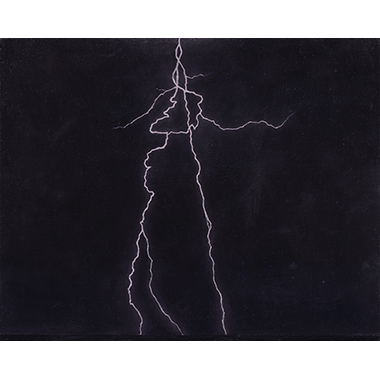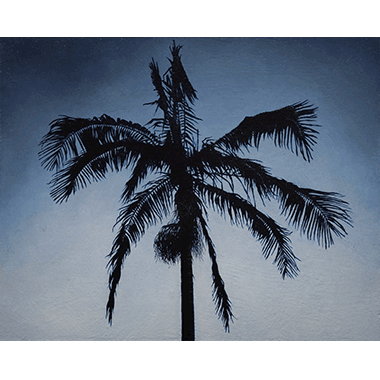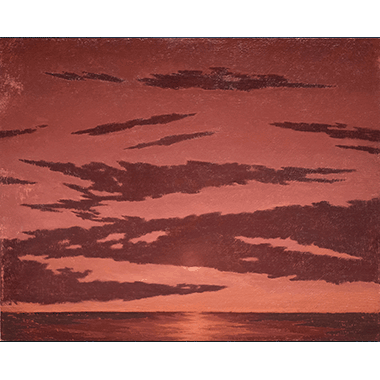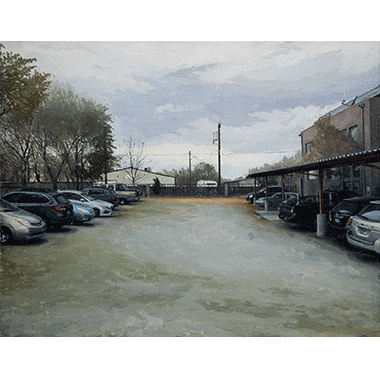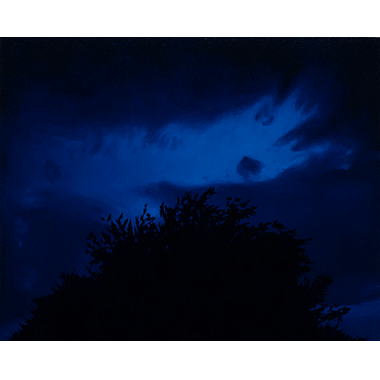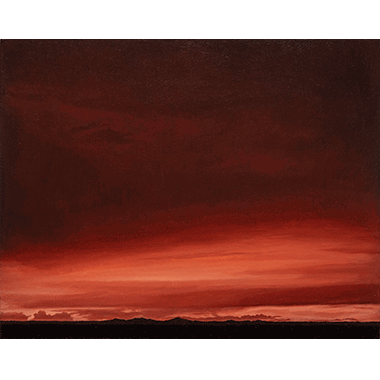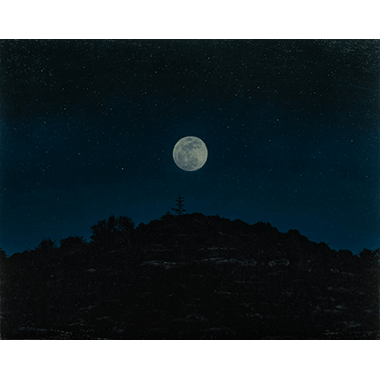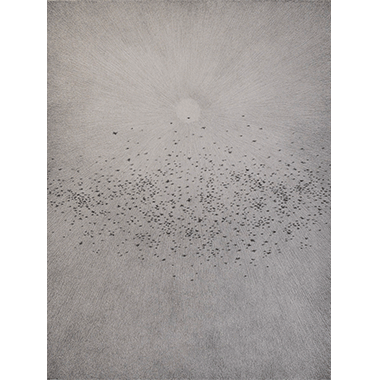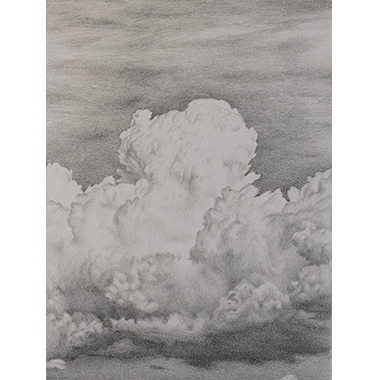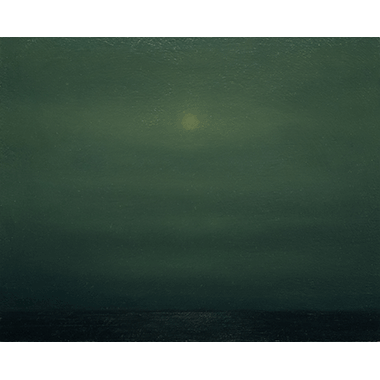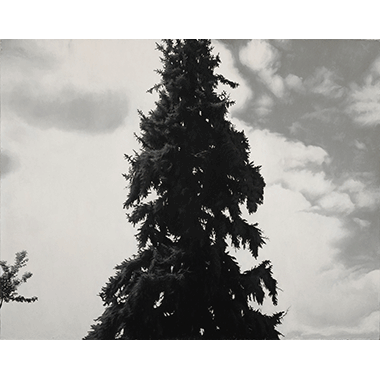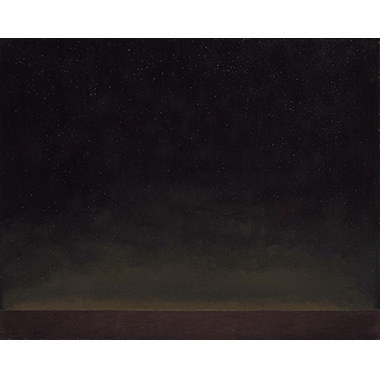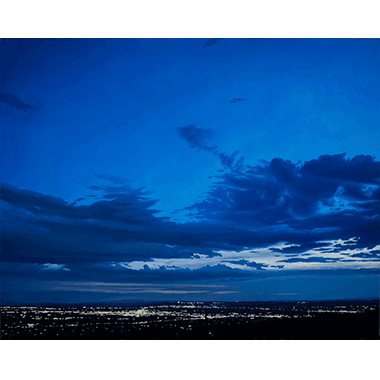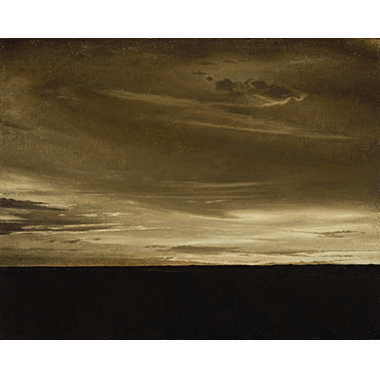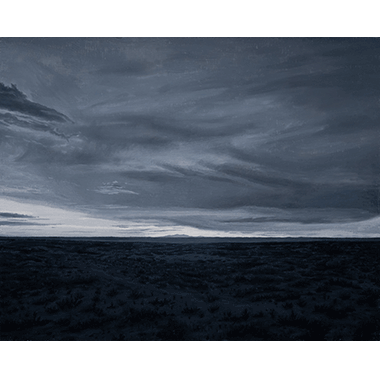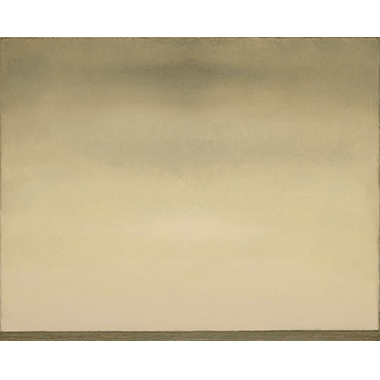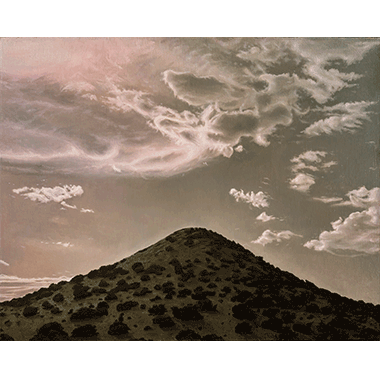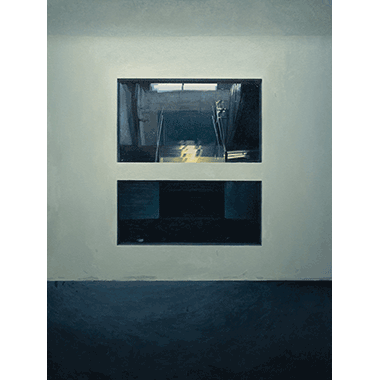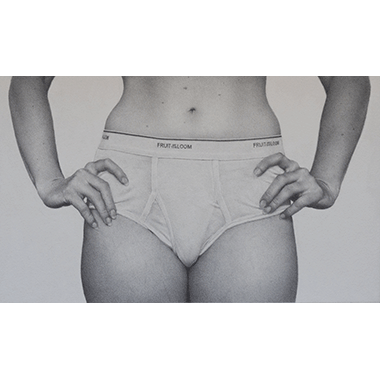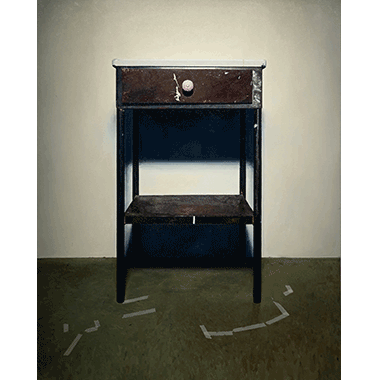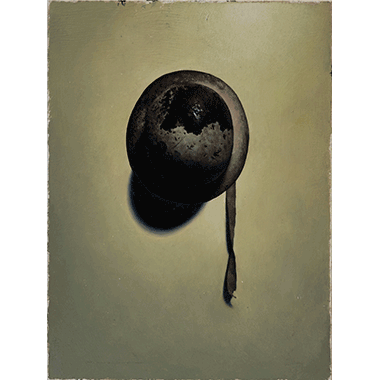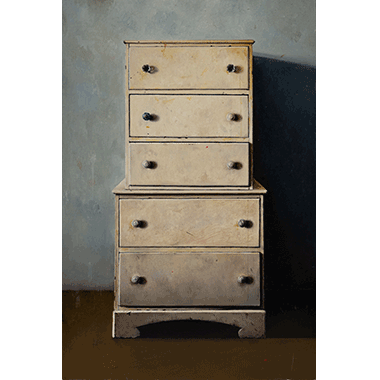ANDREW SHEARS
ANDREW SHEARS | Blurred Lines
Opening, 5pm - 7pm Friday, November 28 - December 20, 2025
above photo credit: Anna Kooris
About Andrew Shears
Wholeness, Harmony, Radiance: The artwork of Andrew Shears
“The first step in the direction of beauty is to understand the frame and scope of the imagination, to comprehend the act itself of aesthetic apprehension.”
—James Joyce, A Portrait of the Artist as a Young Man.
The artwork of Andrew Shears belies his years. Skillfully astute and conceptually profound, the artist’s paintings transcend the noise and agitation of our technologically frenzied culture.
Shears’ work centers on his unconventional experiences with the mundane. Through beguilingly simple subject matter primitively centralized in composition, the work emanates wholeness. Portraits of ordinary, single objects or solitary, familiar places, viewed straight ahead as if in a mutual encounter, remind us of something we’ve perhaps felt before—something now articulated in a different and specific way. We recall, in the words of James Joyce, being arrested by beauty.
Conceptually, Shears begins the work from his own moment of aesthetic arrest—from the stillness of seeing something that stops the mind “above desire and loathing”.* He then blends three tools: photographic reference, his memory of the subject matter, and the subject matter itself. (continue reading)
Continue
The compositions have a rhythmic structure of formal lines, balanced part against part. The palette is subdued, calm and harmonic. A single object is bound by the canvas edges and lit with a single light source to suggest the object is a complete entity unto itself. Even when a place rather than an object is the subject matter, the abiding sense is of wholeness, of the place as a single object.
For Shears, realism serves as a tableau for abstraction. Intentional areas of flatness in an otherwise realistic depiction and unfettered mark-making on the flat surface remind us that the painting itself is an object. One looks through the surface to the illusion, then oscillates between the beauty of the object and the beauty of the surface.
The ultimate effect of an object (the painting) of an object (the subject matter) is a subtle altering of the viewer’s experience of space. A “stillness” exists between the surface and the illusion. As in meditation, there is a melding of the observer and the observed. We are sandwiched between two mirrors, seeing an endlessly repeated image, no beginning, no end.
This stillness first emerges in the studio as Shears’ relationship to the art deepens and shifts. As the subject matter goes from clean to aged with repeated passes of the brush, the artist leaves his three conceptual tools and responds only to the work itself. Painting becomes a perceptual meditation of shapes, color, line, edges and contrast as he builds both the illusion and surface texture of the artwork.
Shears conceptual and perceptual process is meant to serve the viewers experience. Without this concern, there would be no reason to leave his reference and memory, and a beautiful accurate rendering would be sufficient. Instead, the artist holds visual impact and stillness as his primary motivation. And likely, this motivation came from a young life filled with many moments stilled by beauty.
Perhaps the artist’s intention can be better explained by the words of thoughtful authors on beauty and meaning.
Here are those of James Joyce in “A Portrait of the Artist as a Young Man”: “You see that it is that thing which it is and no other thing. The radiance of which is the ‘whatness’ of a thing…The instant wherein that supreme quality of beauty, the dear radiance of the aesthetic image is apprehended luminously by the mind which has been arrested by its wholeness and fascinated by its harmony in the luminous silent stasis of aesthetic pleasure, a spiritual state, very like to that cardiac condition which the Italian physiologist Luigi Galvani…called the enchantment of the heart.”
And Joseph Campbell on Joyce’s words, “The aesthetic experience is a simple beheading of the object…You experience a radiance. You are held in aesthetic arrest…When we are in the presence of great beauty our minds go still.”
Andrew Shears’ goal to share his spiritual appreciation for overlooked objects and spaces ultimately leaves us with a stilled mind and an enchantment of the heart.
Education
Pratt Institute - BFA, 2017
Grand Central Atelier - Drawing Year, 2018
Ryder Studio - 2019
2024
Looking and Seeing. Andrew Shears: Migration, John O’Hern
2022
American Art Collector. Inner Landscapes
Santa Fe Reporter. I’ll Get Back to You: Andrew Shears
2021
Evokation. Wholeness, Harmony, Radiance: The Paintings of Andrew Shears, Susan Guevara
American Art Collector. Stillness in Shadows
2019
The Institute. Master Drawings by Andrew Shears. Lisa A. Banner
2016
Brooklyn Museum. Collection: Untitled
Jeremy Deller. Iggy Pop Life Class, 2016



